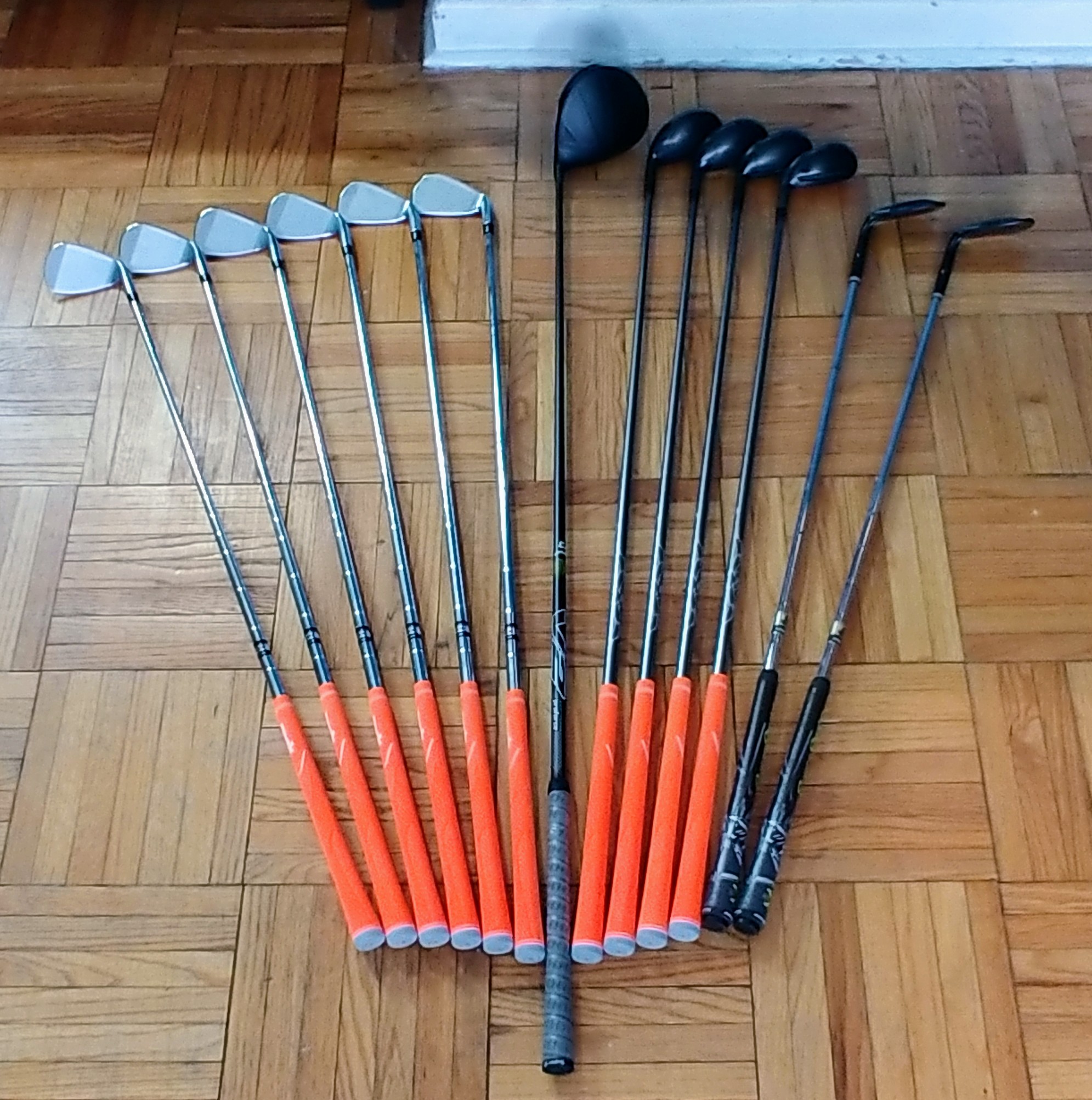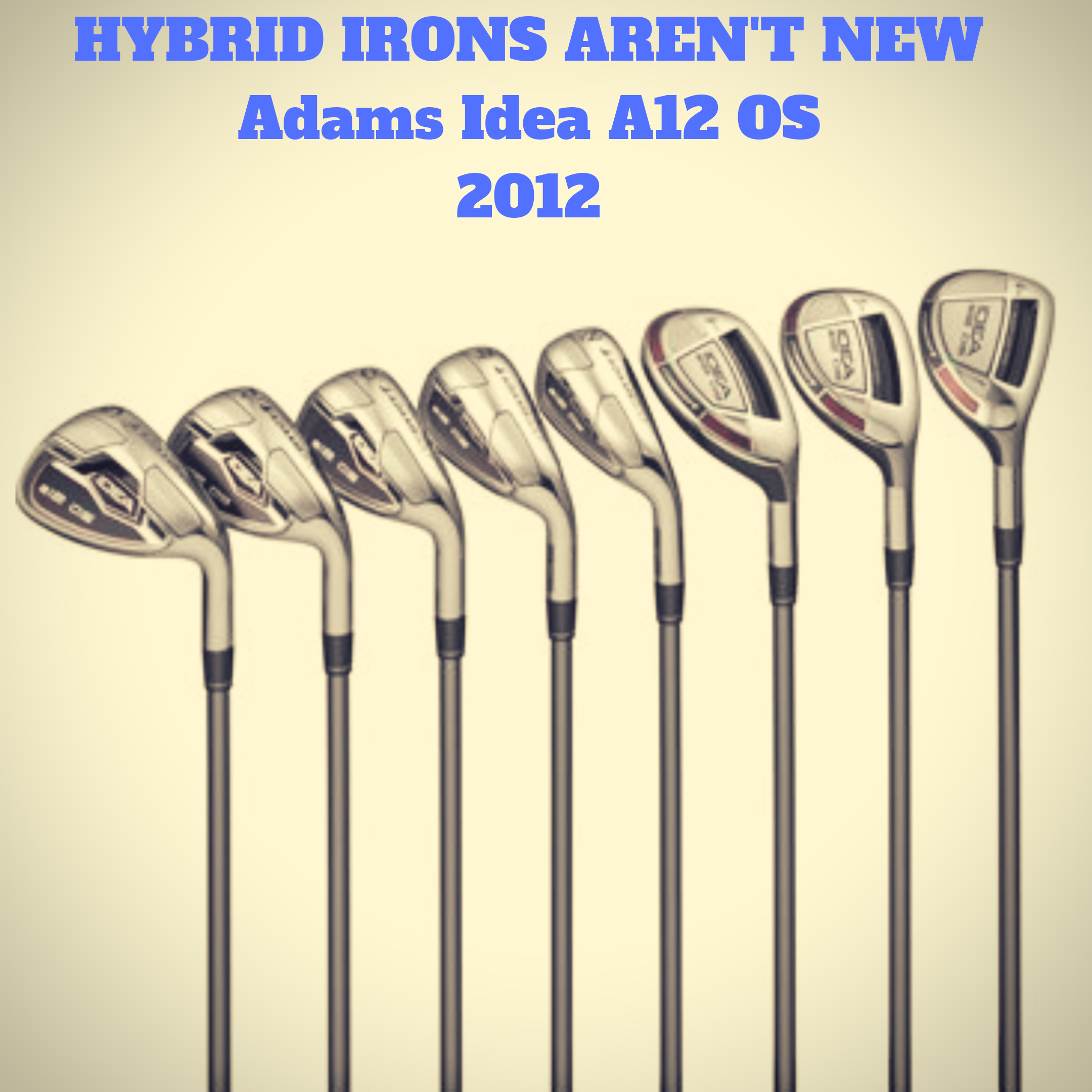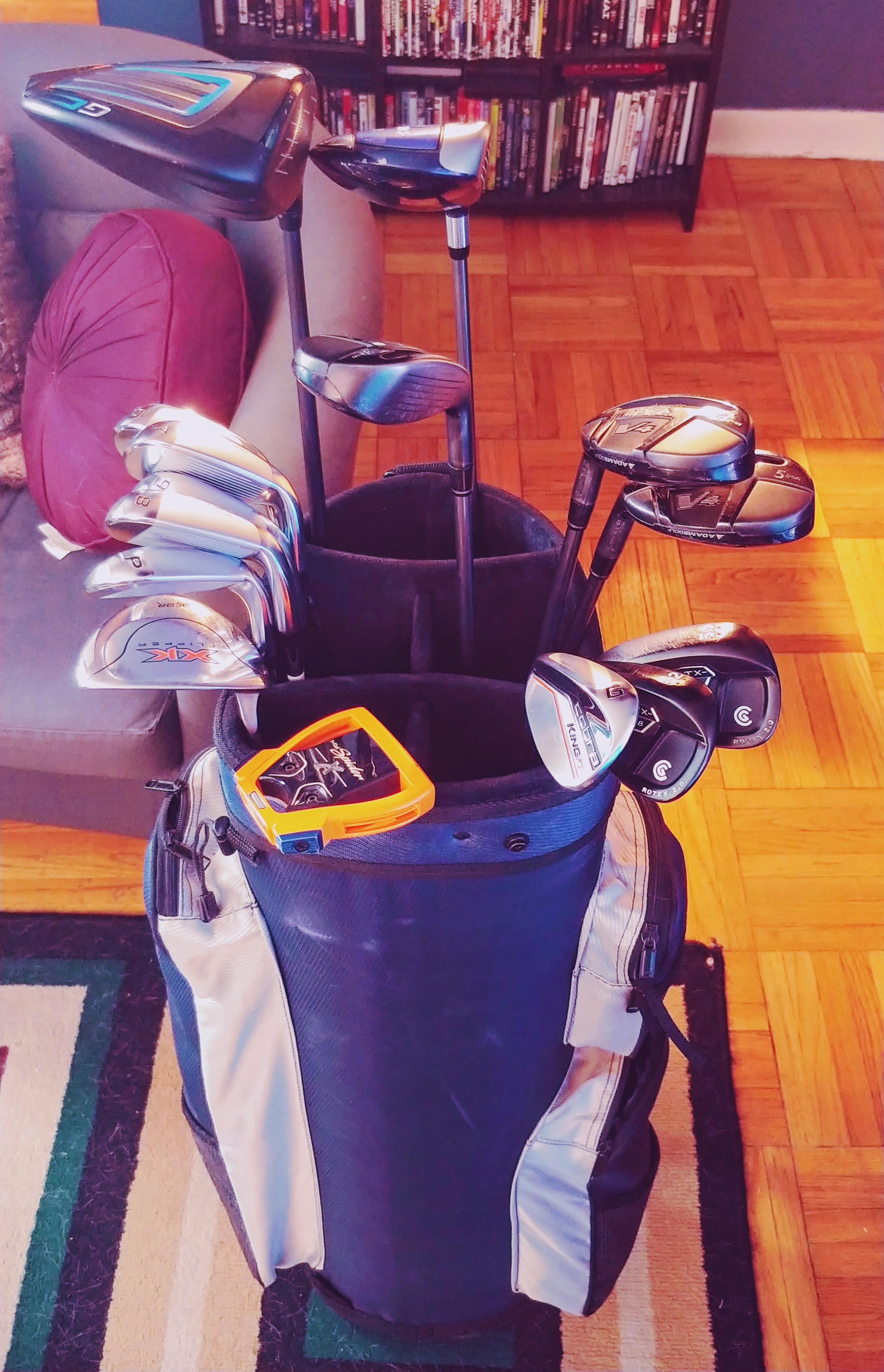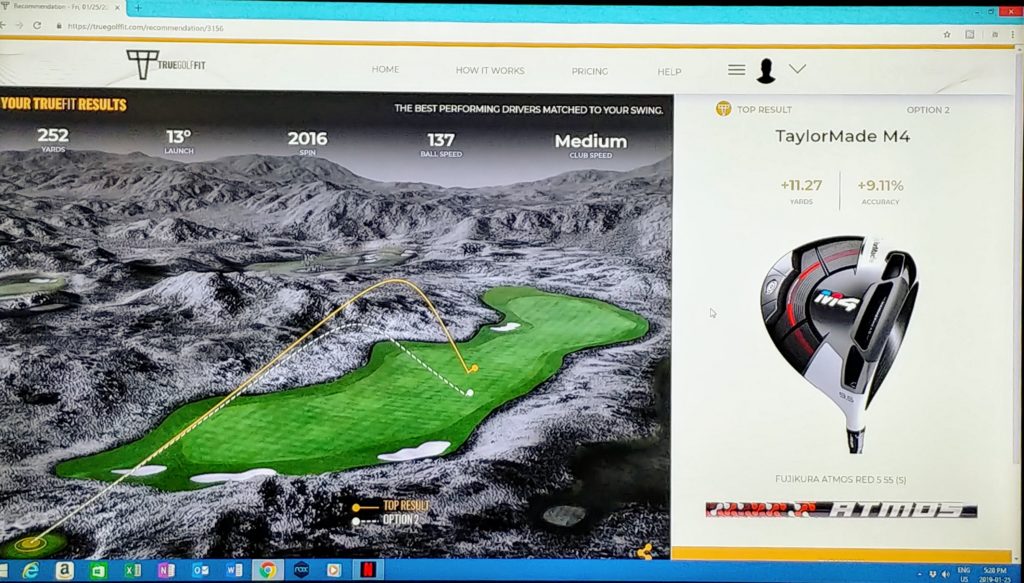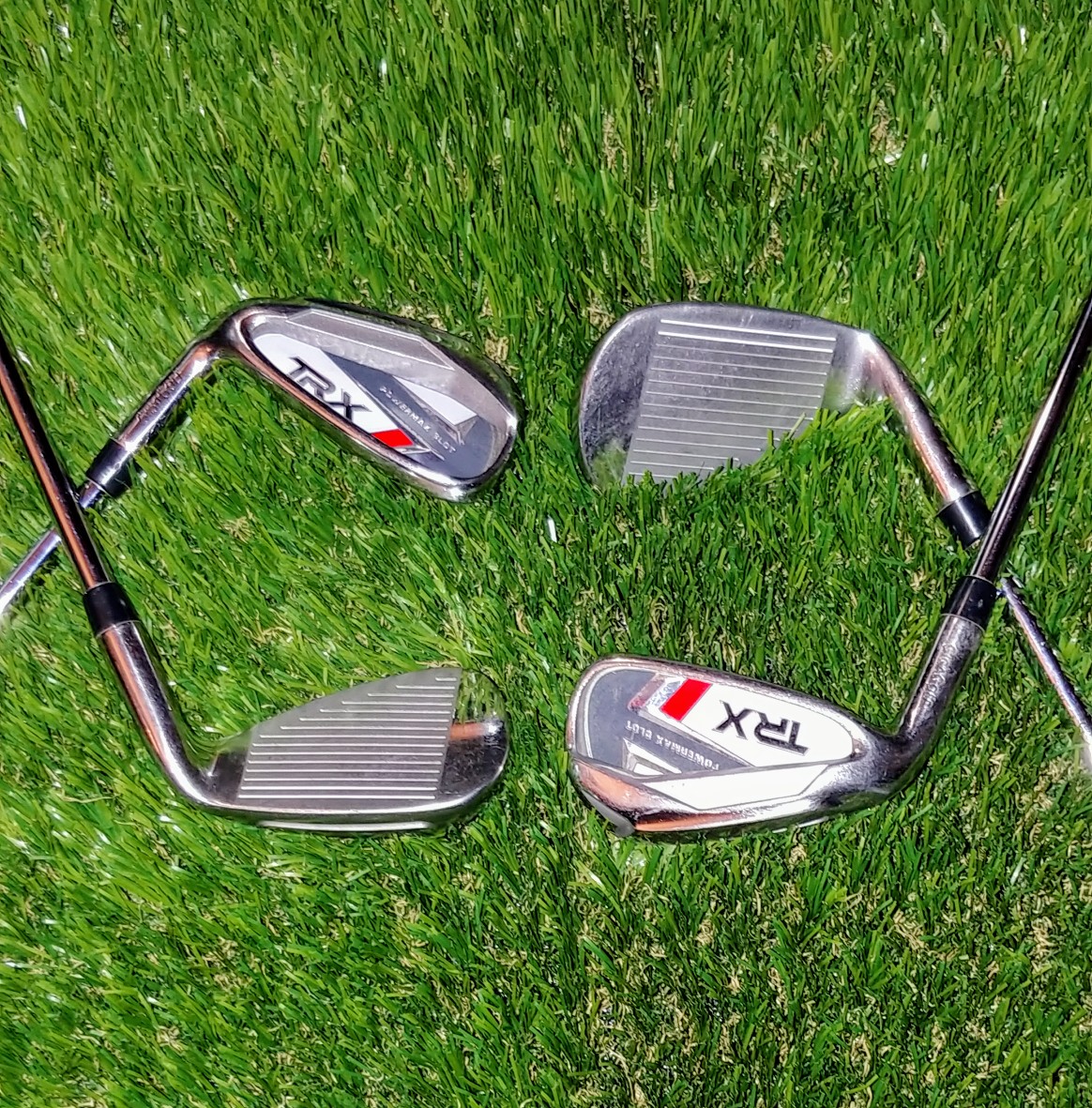The whole truth
I am very precise about equipment selection. I am not one to buy into all the hype new equipment releases are surrounded with. First hand testing, customer feedback, and a proven record of success mean far more to me. You won’t see me wearing Beats headphones simply because they’re popular. Truth be told Beats headphones are average at best. If you want great sounding headphones that really add some dynamic sound. The most important feature to look for is a low impedance. The Sennheiser Momentum earphones absolutely annihilate the Beats Studio earphones in that category, and many others. Don’t just buy into the hype if actual performance is important to you. Some of you might be doubting the validity of my opinion. Well I’m not just a fan of electronics. I’m a Cedia certified electronics technician. I’ve worked for a number of Electronics retailers including Futureshop, 2001 Audio Video, The Source, HiFi City, and Bay Bloor Radio in positions ranging from Sales Associate, to Head systems installer, to Store Manager. Trust me when I tell you that I know what I’m talking about. I was questioned by a number of people why I didn’t choose to add electronics to my categories on Cobe Life. Truth is that the internet is already full of information from well qualified individuals on the subject. Cobe Life is about my hobbies, not my career.
The Golf Equipment Lie
In an attempt to keep Golfers constantly upgrading their equipment. The Golf industry has been carefully attaching very restrictive labels to certain equipment categories. Over the last few years the number of categories has increased.
Category – Super Game Improvement Stigma – Newbie, Hacker
Category – Game Improvement Stigma – Amateur, Casual player
Category – Player Improvement Stigma – Mid to Low Handicapper
Category – Player Tour level Stigma – Scratch Golfer
This perceived classification has led to an increased number of Players choosing to use the wrong equipment. For instance consider a Mid handicapper that hits a very low trajectory ball flight. Instead of purchasing a Player Improvement 3 Hybrid or Long Iron. This particular Player would probably benefit from the purchase of a Game Improvement, or Super Game Improvement Hybrid. The reason I would suggest this is because generally those categories are designed to provide a higher launch. The additional increase in launch angle should help carry the ball further with lower lofted clubs. For somebody with a naturally low ball flight. The end result should be an increase in Carry distance, a more predictable landing zone, and better gapping between clubs. The sad reality in this example is that this Mid handicapper probably wouldn’t even consider what’s best for them. Pulling a club from their bag that’s for a Newbie is beneath them. Why someone would completely ignore technology designed to improve their game is the Golf industries greatest deceit. Think about it. Would you judge someone for driving a Lamborghini Aventador because it doesn’t come with a manual transmission? The reason it doesn’t is because precise gear changes during rapid acceleration, or braking is impossible with a traditional Standard transmission. In simpler terms they made driving a high performance sports car easier. Generally speaking that is the goal of new technology. To make things easier. Technological advances in Golf have done just that. Made the game of Golf easier. Originally these advances we’re meant to entice players to buy new equipment. During the Tiger era when Golf was experiencing a boom it worked. The problem started when sales began to decline.
Can a Golf club be too good?
To answer this question we need to ask ourselves why we buy new clubs in the first place? The three most significant reasons we buy new clubs are because our current clubs are worn out, we feel we require a specific club for a certain utility, or poor performance from our current clubs. I’d say that the strongest reason of those three is poor performance. It takes many Rounds of Golf to wear out your clubs. You may occasionally have to replace Wedges because the faces are worn. The other clubs in your bag will last a long time. Once you’ve been playing for a couple years you will have assembled a full 14 club set that includes every club your game requires. Once that’s done, buying a club for a specific utility is done as well. What gets me, and most of you to our local Golf equipment store to test new clubs is poor performance. As a Beginner it’s easy to end up purchasing clubs that might not suit you. As your swing develops. Your stance, swing path, ball position, and flight path will change as well. The clubs you thought were right for you in the beginning, could feel wrong to you after a few months. Brands use different lofts, and kick points for their clubs. Different brands use different shaft lengths. Some companies prefer to build in a natural Draw bias to their clubs. What suits each individual is entirely different. So in the beginning don’t be surprised if you end up changing some, or even all of your clubs at some point.
What if you weren’t a Beginner when the first major advancements to forgiveness, and launch started happening. When you purchased your first set of Cavity back Irons with perimeter weighting, and a flexible face. The larger sweet spot, and increased distance these clubs added was significant. In fact it was so significant that Golfers became something that they rarely ever are. Satisfied! An established Golfer had a complete set so buying a club for utility purposes was out. Poor performance was no longer an issue with these newer clubs. That left the only reason to buy new clubs was when your current set wore out.
Industry panic sets in.
You can be damn sure that waiting for their customers clubs to wear out wasn’t an option for the manufacturers, and retailers. Thus began the Category to Player system. The only way to get established Golfers to give up playing their current equipment. The manufacturers, and retailers had to convince Golfers that they were better than the equipment they were currently using. This had an added benefit. It allowed them to market the easiest clubs to use to total Beginners. This would significantly reduce the learning curve of a traditionally difficult game. Which in turn would fuel a Beginner Golfer to want to “upgrade” to a more advanced set of clubs sooner. By the time the average Player decides to switch from Game Improvement to Player Improvement. Their playing ability allows them to slightly overcome the disadvantages of playing with more difficult to hit clubs. Their handicap may actually suffer a little bit, but reverting back to “Amateur” clubs feels like accepting mediocrity. Does sound counterproductive to you? It does to me. If you’re a car enthusiast then you’ll know that electric cars are the performance cars of the future. Teslas already own the drag strips across North America. There’s been a fair amount of resistance to them. They don’t sound like muscle cars. They don’t look like muscle cars. All they do is reach the finish line first. Well if you were in a race. Isn’t finishing first the goal? I’ll tell you right now when I landed a 185 yard par 3 Tee shot about 6 feet from the hole with my 6 Hybrid. Nobody discounted the achievement because I was using a Super Game Improvement club. When a good friend of mine got his first hole in one with his Adams Blue 9 Iron. The group playing with him didn’t care what club he used. They were just happy to be there to see it.
Pay attention to what the PGA, LPGA, and Champions tour Players are playing. You might be surprised how many Game Improvement clubs you see. Jordan Spieth actually plays Titleist 716 AP2 Irons. Jordan Spieth! So if you have a shiney new set of Player Irons in your set then you must strike it purer than Jordan.
Do yourself a favour, and ignore the industry labels. Buy what’s right for your game, and cross that finish line first.
Beginner’s guide to Golf
